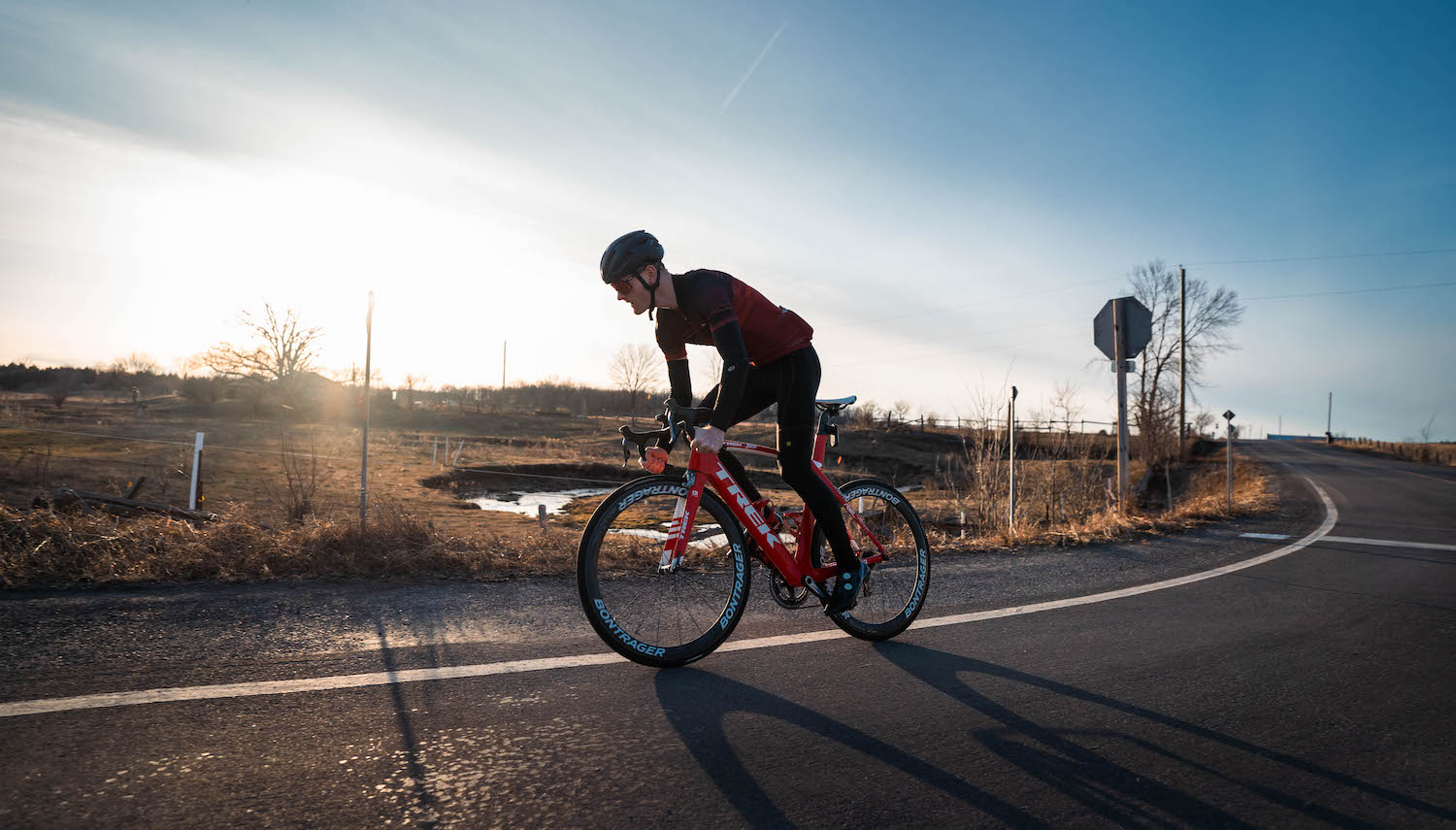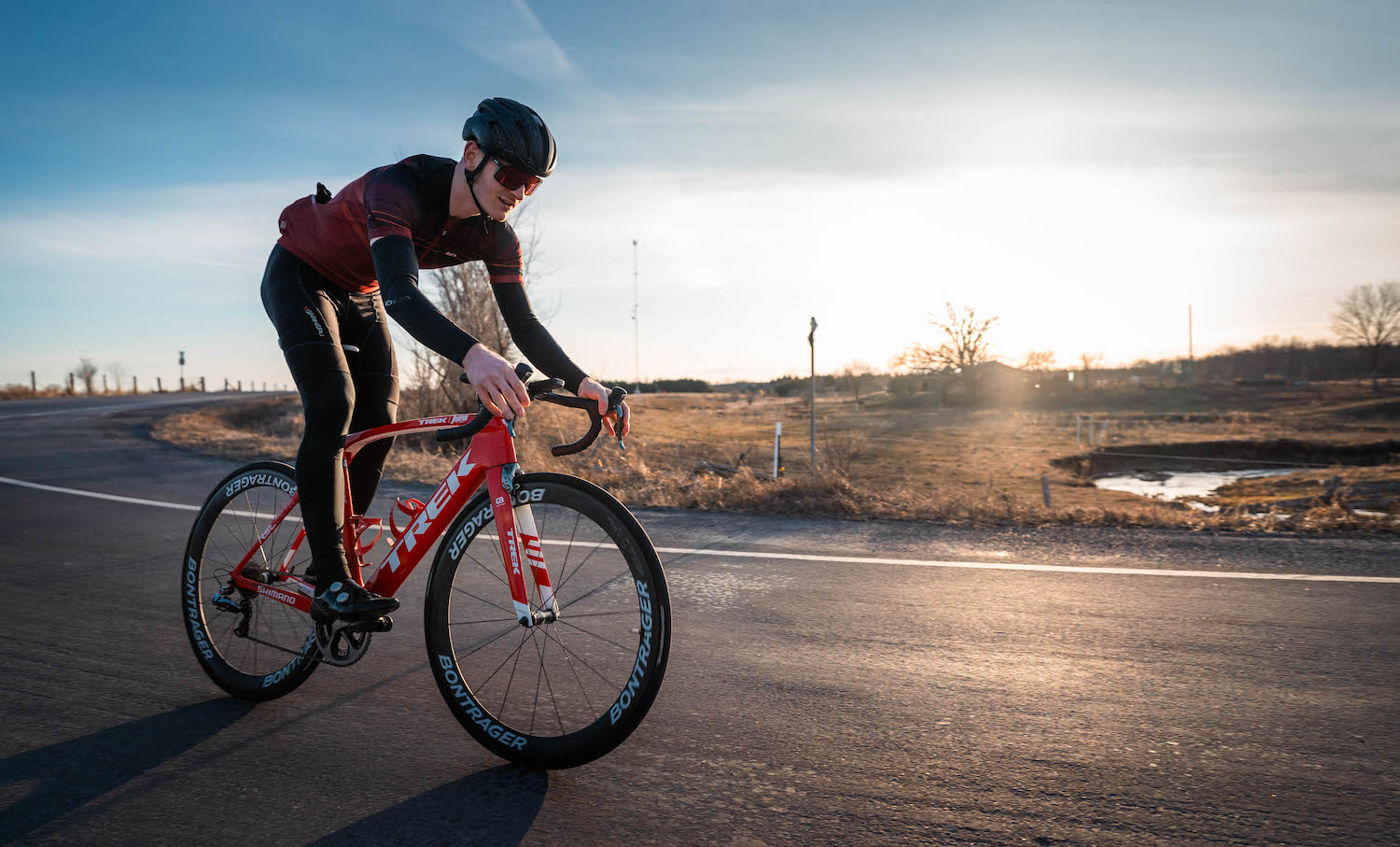The importance of cadence in cycling.
If hitting the Gatineau Park for some Park Loops, CE group rides, OBC time trials, or simply riding some of the pathways around our incredible capital city is on your horizon, cadence, the rhythm of your pedal strokes, is a fundamental aspect of cycling that can significantly impact your performance on the road. Understanding cadence and its nuances is crucial for any cyclist looking to improve their efficiency, endurance, and overall riding experience.
1. Importance of Cadence in Cycling:
Cadence plays a pivotal role in dictating how efficiently you convert your energy into forward motion. It affects your muscle recruitment patterns, cardiovascular demand, and overall biomechanics on the bike. Here are some key points highlighting its importance:
- Efficiency: Maintaining an optimal cadence allows you to pedal smoothly, minimizing energy wastage and reducing the risk of fatigue.
- Power Output: Cadence influences your ability to generate power, with different cadences impacting the distribution of force applied to the pedals.
- Muscle Fatigue: Riding at too low or too high of a cadence can lead to premature muscle fatigue, affecting your ability to sustain effort over long distances.
- Joint Stress: Cadence also plays a role in mitigating stress on your joints, with higher cadences often being gentler on the knees and hips.

2. Optimal Cadence for Different Situations:
The ideal cadence can vary depending on factors such as terrain, riding style, and individual physiology. So depending on if you’re crushing a steep climb in the Gatineau Park or hitting some flats out in Carp, your cadence will depend on your environment. Here’s a breakdown of optimal cadences for various cycling scenarios:
- Flat Roads: For cruising on flat terrain, a cadence in the range of 85-95 revolutions per minute (RPM) is generally considered efficient for most cyclists.
- Climbing: When tackling climbs, shifting to a slightly lower cadence (70-80 RPM) can help conserve energy and maintain traction, especially on steeper gradients.
- Sprinting: During sprints or high-intensity efforts, cadences of 90 RPM or higher are common, allowing for rapid acceleration and maximal power output.
- Time Trials: In time trial or solo efforts against the clock, finding a cadence that optimizes aerodynamic efficiency while maximizing sustainable power output is key, often falling within the 85-100 RPM range.

3. How to Improve Cadence Through Training:
Improving your cadence involves a combination of physiological adaptation and neuromuscular conditioning. Here are some effective strategies to enhance your cadence through training:
- Cadence Drills: Incorporate cadence-specific drills into your training regimen, such as high-cadence intervals and single-leg drills, to improve pedaling efficiency and coordination.
- Interval Training: Structured interval workouts targeting specific cadence ranges can help increase your comfort and capability across a wider cadence spectrum.
- Cadence Pyramids: Gradually increase and decrease your cadence within a single ride or workout, gradually expanding your range and adaptability.
- Strength Training: Strengthening key muscle groups, particularly the quadriceps, hamstrings, and glutes, can support smoother, more powerful pedal strokes at various cadences.
- Consistency and Patience: Improving cadence is a gradual process that requires consistency and patience. Focus on incremental progress over time, gradually pushing your limits while listening to your body’s feedback.

Summary
Cadence is not just a number on your cycling computer but a dynamic aspect of your riding experience that can be optimized to enhance your performance and enjoyment on the bike. By understanding the importance of cadence, identifying optimal cadences for different situations, and implementing targeted training strategies, you can unlock your full potential as a cyclist and pedal towards greater success on the road.
